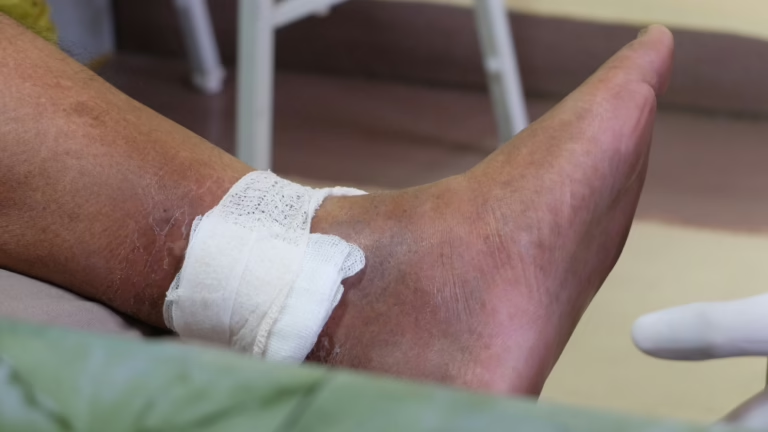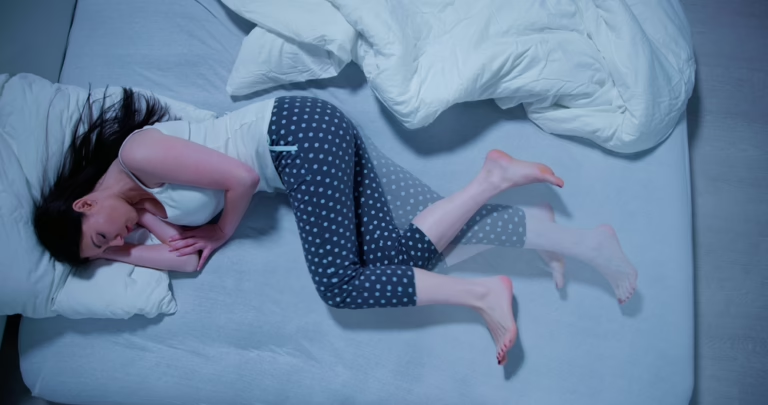
Yes, men can get varicose veins. People often think that this only happens to women, but many guys have varicose veins and would probably appreciate treatment. This manual will discuss the reasons, signs, and treatment for men, along with helpful hints for healthier veins.
Understanding Varicose Veins: A Male Perspective
Varicose veins are large veins that stick out in a knotted-looking way. They are usually blue or purple and quite common in the legs. Varicose veins occur when the valves in the vein are damaged and do not close properly, allowing blood to flow backward and pool in that vein, thus causing the vein to bulge and twist. Not only are varicose veins an eyesore, but they are also very painful and can lead to more serious vein problems if not taken care of.
The Prevalence of Varicose Veins in Men
Everyone thinks varicose veins are a female problem when, in reality, men get them too, but much less than women. For the age group 20-29, 1% are male, and 8% are female. 40-49, 24% male and 41% female. By age 60, 72% of women and 42% of men will experience varicose veins. Many are young, active, otherwise healthy individuals with disabling symptoms.
Varicose veins are a medical condition, not just a cosmetic problem; it is very common and treatable, and men need to realize that. Unfortunately enough, there is a stigma and misinformation that prevents a lot of guys from getting the help they need.
By putting off evaluation and treatment, most men present only after they have developed severe skin changes. These skin changes indicate that the disease is more severe, and the damage from the leaky veins has permanently affected the skin. Once skin changes occur, it signals the potential development of an ulcer.
Risk Factors for Varicose Veins in Men
Several factors can increase the likelihood of men developing varicose veins. These include family history, age, weight, and lifestyle habits. Let’s explore these in more detail:
- Age: The vein walls thin out as they age, and the elasticity in their veins decreases. As part of the aging process, and by age 60, almost half of men will have vein disease.
- Family History: Genetics plays a role; if you have a family history of varicose veins, you are more likely to develop them.
- Lifestyle: Certain jobs or habits can increase your risk. Occupations that involve prolonged periods of standing or sitting, like construction work or truck driving, strain veins. Additionally, lack of exercise, smoking, and alcohol use are risk factors that impact nearly half of sufferers.
- Weight: Excess weight adds pressure to veins, which can cause or exacerbate varicose veins.
- Heavy Lifting: Varicose veins can also develop from straining while lifting heavy things.
Recognizing the Symptoms of Varicose Veins in Men
Varicose veins can cause a lot of discomfort and pain. Early recognition of these signs and physical findings is the key to evaluation, and treatments will lead to a better prognosis. Early recognition of these signs is the key to quick treatment and better prognosis. Common signs include:
| Visible Signs | Physical Symptoms |
| Bulging, twisted veins | Aching or heavy legs |
| Swelling in the legs or ankles | Burning, throbbing, or cramping |
| Skin discoloration (brownish or red) | Itching around the affected veins |
| Skin changes (dryness, thickening) | Restless legs, particularly at night |
Understanding these symptoms can empower men to seek treatment early, which helps prevent further venous complications.
Treatment Options for Varicose Veins in Men
Men have various effective treatment options to choose from. Minimally invasive treatments such as Sclerotherapy and Closure® / Radiofrequency Ablation (RFA) are popular choices that require no general anesthesia performed in the office with minimal recovery. Here’s a closer look at these options:
- Sclerotherapy: A minimally invasive procedure where a special solution is injected into the vein, causing it to collapse and gradually fade away.
- Closure® / Radiofrequency Ablation (RFA): This treatment uses radiofrequency energy to heat and close off the varicose vein, redirecting blood flow to healthier veins.
Other treatment options may include:
- Endovenous Thermal Ablation: Uses heat to close off varicose veins.
- Ultrasound-Guided Sclerotherapy: A variation of sclerotherapy using ultrasound guidance for greater accuracy.
Many of these procedures are covered by insurance and have minimal recovery times, making them a convenient option for men looking to manage their varicose veins without significant downtime. Consulting a vein specialist is crucial for determining the right treatment plan based on the severity and location of your varicose veins.
Prevention Strategies for Varicose Veins
Although genetics play a large part, there are many things that men can do to decrease their chances of developing varicose veins. A few easy lifestyle changes can help the veins and keep the problem from getting worse:
- Exercise: Exercise, such as walking, riding a bike, or swimming, is also good because it increases blood flow and relieves some of the pressure on the veins.
- Weight Management: Maintaining a healthy weight can reduce the strain on veins. Limit salt intake, which can lead to fluid retention and worsen vein pressure, and avoid prolonged periods of sitting or standing. A diet of plenty of fiber will also encourage circulation and healthy veins.
- Elevation: Raising your legs above your heart periodically promotes blood flow back to the heart, relieving pressure in the lower veins.
- Compression Stockings: These support leg veins, aiding circulation and reducing discomfort. They’re an excellent choice for men who work long hours on their feet or sitting.
Preventive strategies like these help reduce the risk of developing new varicose veins and also help alleviate symptoms for those who already have them.
When to Seek Help
If you notice persistent symptoms such as leg pain, swelling, or visible vein changes, it’s time to consult a specialist. Intervention at an early stage can drastically change the course of varicose veins and the progression of the disease. Varicose veins are one of those things that many guys don’t get treated for because either they are under the impression that it is something else or they just think it is a vanity issue. However, if varicose veins are left alone, they can cause other medical problems, such as blood clots and skin ulcers.
A vein specialist can provide a thorough diagnosis, typically involving an ultrasound to assess the extent of vein damage. Based on this assessment, the specialist will recommend a tailored treatment plan that may include Sclerotherapy, Closure® / Radiofrequency Ablation, or other methods.
Choosing the right vein specialist is extremely important. Make sure to check the specialist’s credentials. A diplomate of the American Board of Venous and Lymphatic Medicine has proven their knowledge, experience, and extra training to receive this board certification.
Recap
Yes, men can and do experience varicose veins, and addressing this issue is vital for maintaining comfort, health, and confidence. Understanding the causes, recognizing symptoms like leg swelling, and seeking timely treatment can make a substantial difference. With lifestyle adjustments and minimally invasive procedures, men can improve their vein health, reduce discomfort, and lead an active, pain-free life.
Don’t let varicose veins hold you back—contact our specialists at Vanishing Veins today to schedule a consultation and take the first step towards healthier, more comfortable legs. Contact us today for more information.



